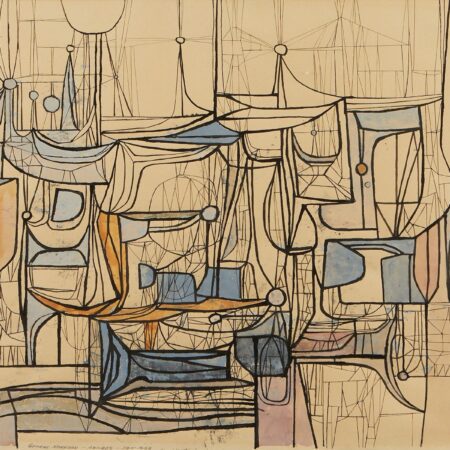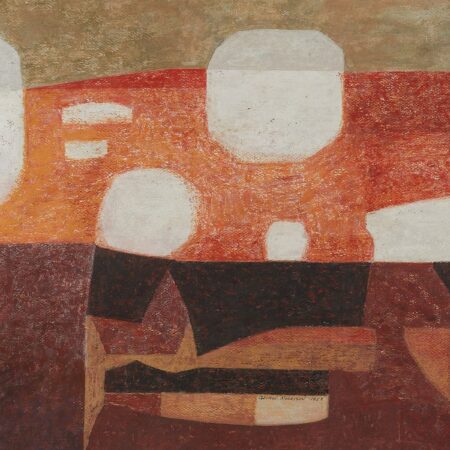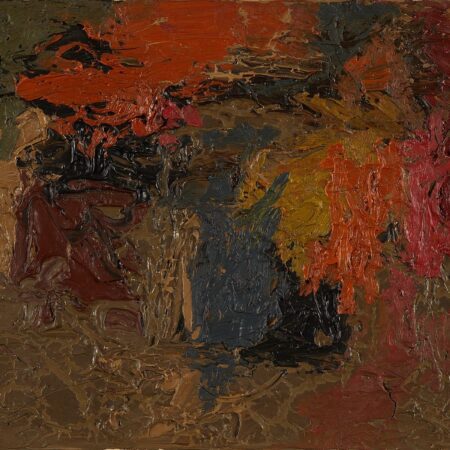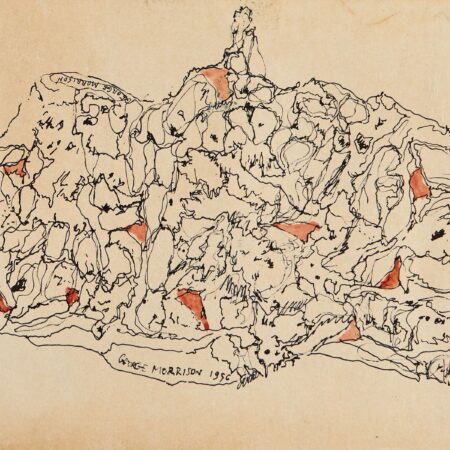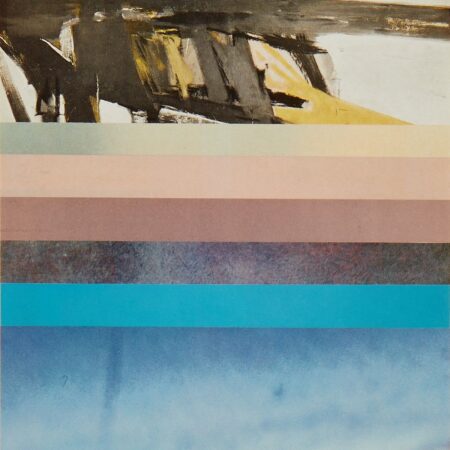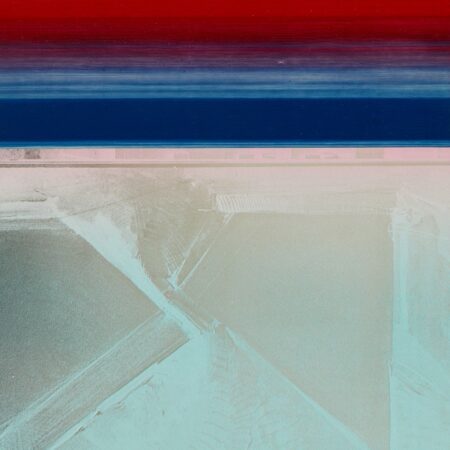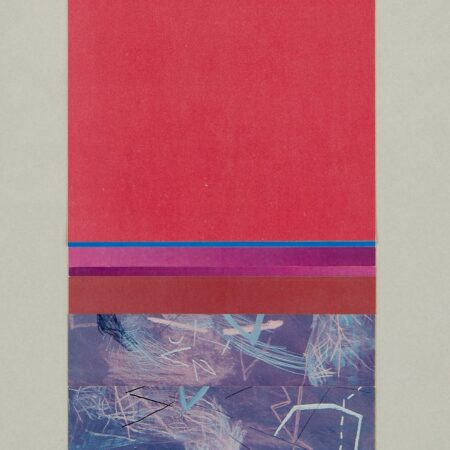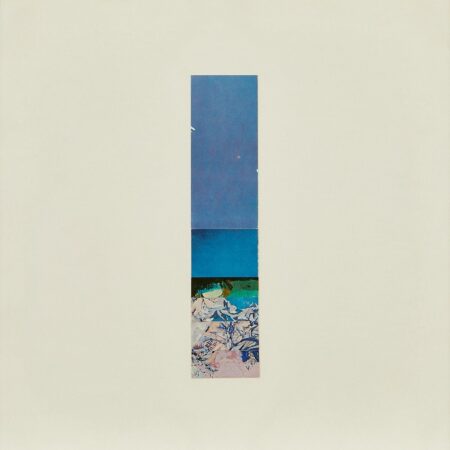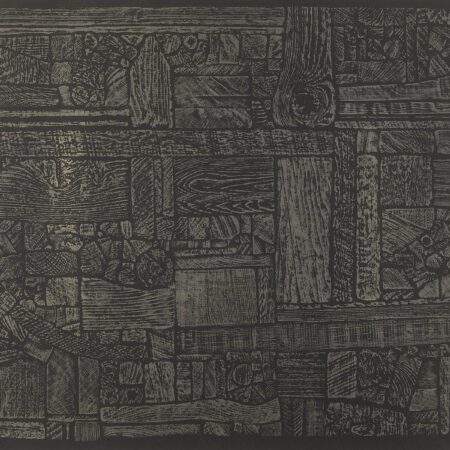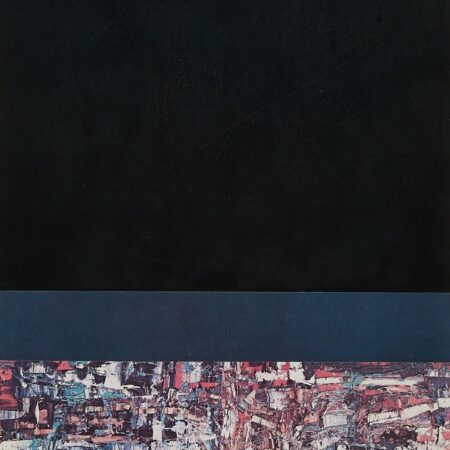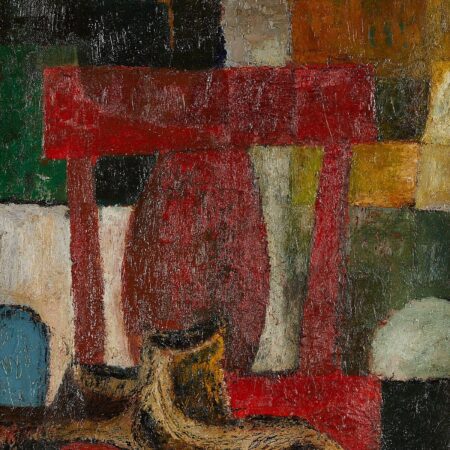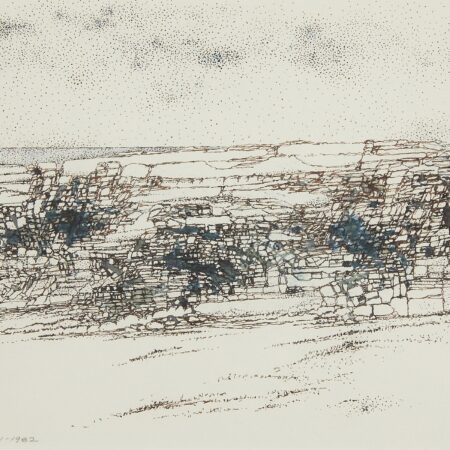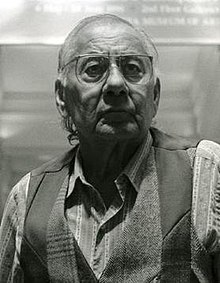
George Morrison
American Artist
1919-2000
Interested in selling a piece by George Morrison?
We have received top dollar for George Morrison works. Auction is the best way to quickly and transparently get maximum dollar for your artwork.
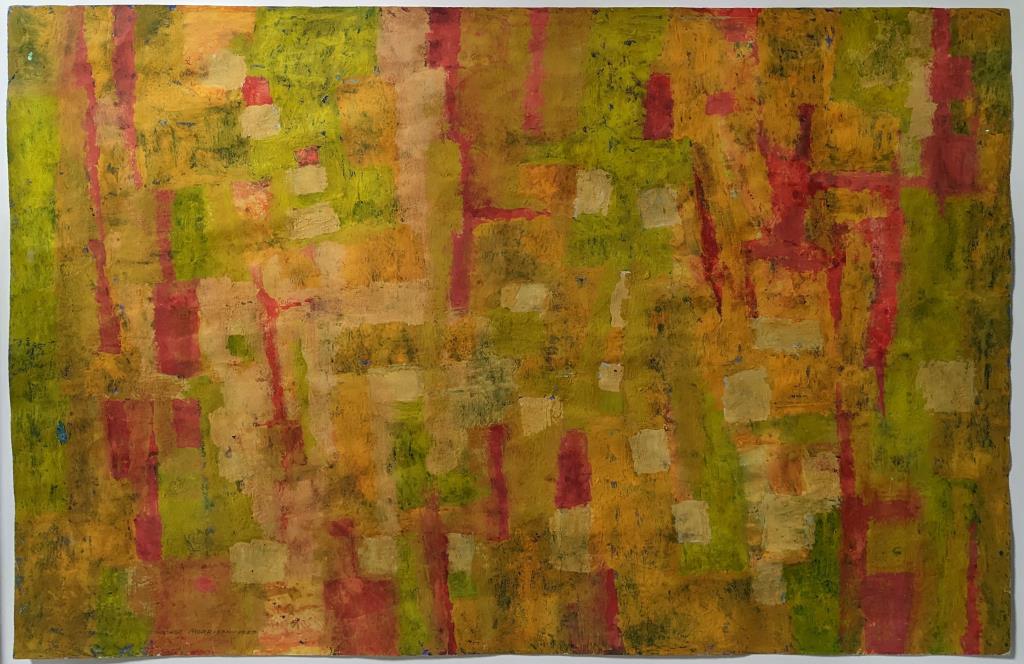
Artist Price Guide for George Morrison Artworks
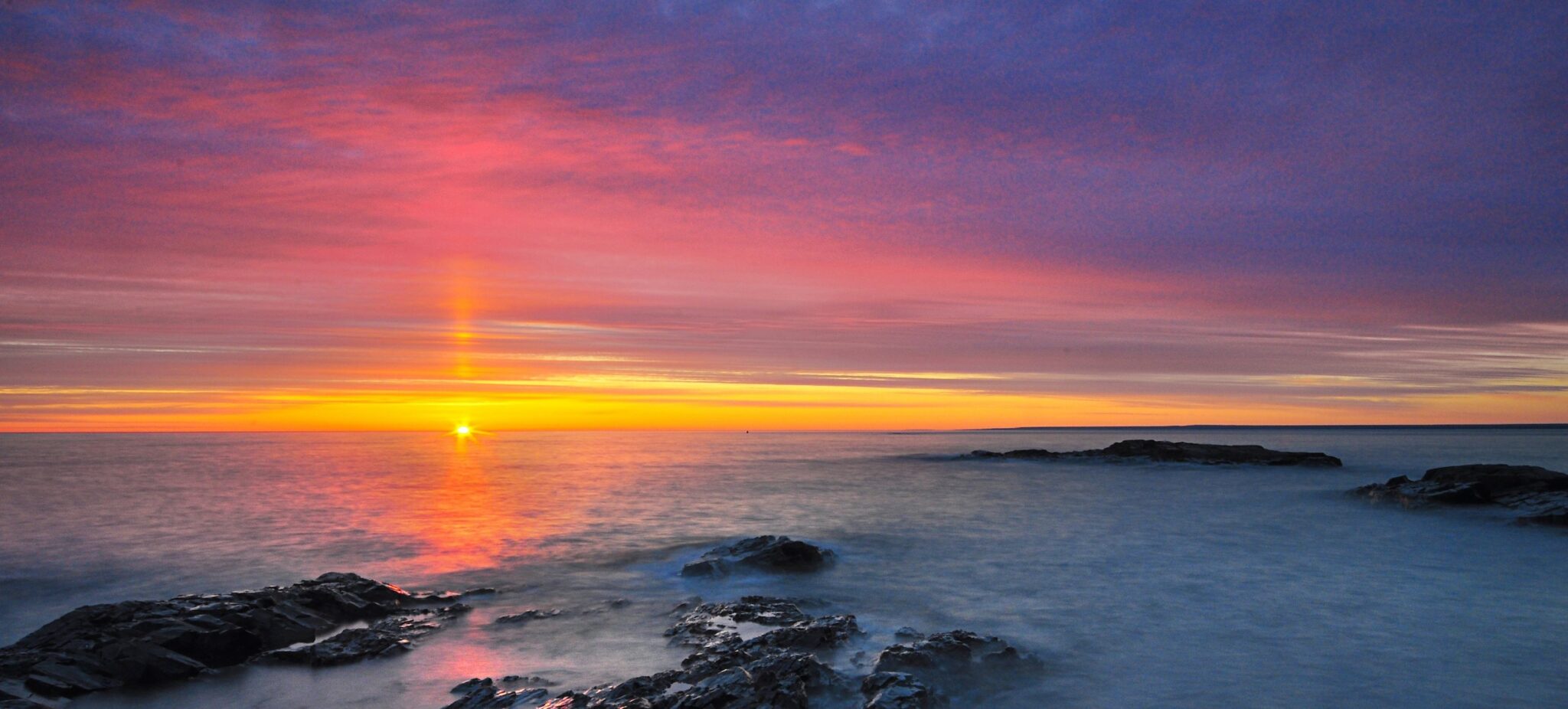
“I seek the power of the rock, the magic of the water, the religion of the tree, the color of the wind, and the enigma of the horizon,” -George Morrison
The Value of George Morrison Artworks
1. What is the medium of your George Morrison artwork?
Paintings
The vast majority of George Morrison’s works are paintings. He created a wide variety of paintings, working in mediums such as oils, watercolors, and gouaches. The value of George Morrison’s paintings are relatively equal in terms of medium, though the watercolors tend to be worth less than the oils.
Prints
Many of Morrison’s works were drawings which were then made into prints. He even had a show at the Walker Art Center in Minneapolis exhibiting a number of these. They tend to be highly geometric and very detailed. Although their value usually only reaches about 1/10 of a painting, Morrison’s prints are indeed very desirable in today’s market.
Drawings
George Morrison’s drawings, as we mentioned above, inspired many of his prints. They are very appealing but don’t command nearly the size and value of the paintings. Most drawings are worth about double of his prints and about a fifth of that for a painting of similar size.
Sculptures
George Morrison’s most famous works happen to be sculptures. He often made them very large and put them in exceptionally/particularly public places at the behest of patrons who wanted to buy big dramatic works from him. These often take one of two forms: large driftwood collages or large totems. More common but less valuable, are his smaller works which take the form of small desktop sized or churingas.
Currently the outstanding price ever paid for Morrison’s work remains a large driftwood sculpture. The sculptures can be valued in the six figures or more. Small sculptures which fit on a desktop tend to be worth about 1/10 of the largest sculptures. He also made a few metal sculptures, but they are less common. One has not been available for sale in a very long time, so pricing is difficult to compare, though they are worth about 25% more than their wooden counterparts.
Collages
While some people refer to the driftwood sculptures as collages, for the sake of clarity in this article we are only going to refer to his paper collages. These had a fascinating and very distinct style of several pieces of paper, usually cut out of an illustration from another artist whose work he admired.
These had a fascinating and very distinct style which was comprised of several pieces of paper that usually originated with a cut-out illustration from another artist whose work he admired. Revere has sold many George Morrison collages. They tend to be worth about the same as his prints and about 1/10 of his paintings.
Email us today!
If you have an artwork by George Morrison and want to know more about it, we’d love for you to get in touch with our art experts at Revere Auctions.
2. What is the subject of your George Morrison artwork?
The subject matter of George Morrison’s paintings is a huge driver of value. The subjects of his body of artworks included horizons, frozen lakes, still lives and representational images, totems, and other similar small sculptures, inclusion of driftwood and other found objects, implementing surrealist automatism or automatic drawings, loosely defined abstract shapes, a group of paintings referred to as the white paintings, and his most famous Abstract Expressionist works. His Abstract Expressionist works of art seem to be currently worth about double of most of his other works from different periods. However, the market has been rapidly developing and changing over the last several years. The least valuable works in his market today are his representational works.
3. What is the size of your George Morrison artwork?
Size is one of the only consistent components of high value for Morrison’s work. Across different mediums and thematic periods, value is driven up linearly in relation to the size of the artwork. This is interesting because his later works that are small horizon canvas paintings tend to be worth less than his larger, earlier, and more impressive Abstract Expressionist works. But the size of the horizon artworks simply represented the availability of small canvases that he had prepared and his physical limitations later in life. His struggles with Castleman’s Disease required the artist to make his paintings smaller so he could limit his movements in order to cope with the physical limitations that came about with the pain of the disease.
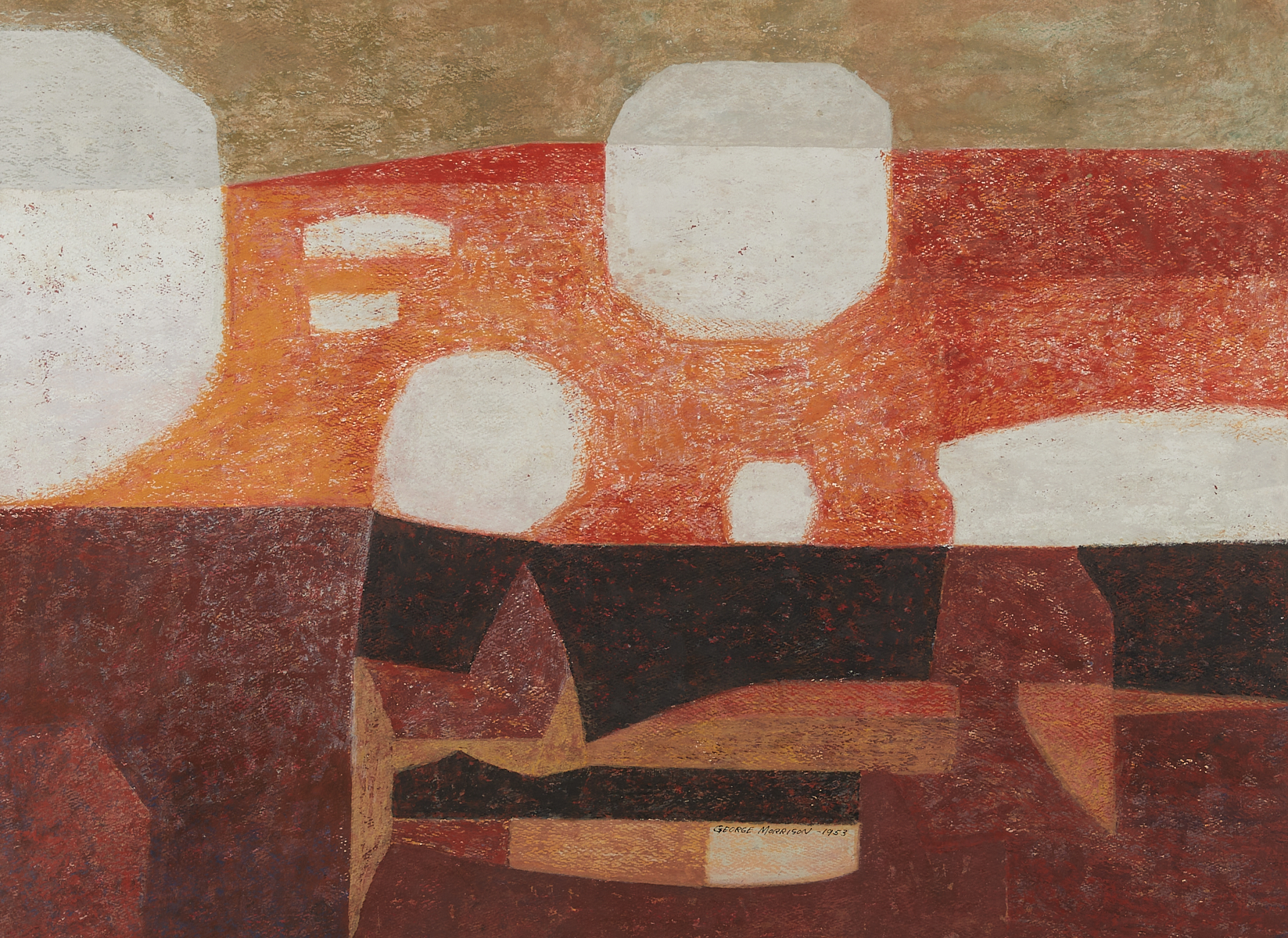
4. What is the date of your George Morrison artwork?
The date of a George Morrison work of art strongly reflects its style, so it’s difficult to separate the date of creation from its style. Yet the date remains relevant to the value, which we will outline for you here.
Pre-1940
Before 1940 Morrison was just beginning to come into his own understanding of art by attending MCA and studying at other art institutions. At this time he had not yet moved to New York and was working in a very impressionist or realist style. These works tend to be worth the least.
The 1940s
The 1940s was an interesting period for Morrison. It saw him garner attention and exposure for still life and semi abstract works which were very popular in New York at the time. These works are not as highly valued in the market today as are the artworks described below.
The 1950s – 60s
The 1940s was an interesting period for Morrison. It saw him garner attention and exposure for still life and semi abstract works which were very popular in New York at the time. These works are not as highly valued in the market today as are the artworks described below.
The 1980s
The 1940s was an interesting period for Morrison. It saw him garner attention and exposure for still life and semi abstract works which were very popular in New York at the time. These works are not as highly valued in the market today as are the artworks described below.
The 1990s
The 1940s was an interesting period for Morrison. It saw him garner attention and exposure for still life and semi abstract works which were very popular in New York at the time. These works are not as highly valued in the market today as are the artworks described below.

3. What is the condition of your George Morrison artwork?
Condition was a major issue for all artworks being brought to the market. Any damage whatsoever can easily take 30% off the value of the artwork once sold. Morrison’s Abstract Expressionist period, while being his most expensive one, is also the period in which his art is most prone to damage and cracking. If you have a George Morrison artwork from this period please let us know so we can assess whether or not it is heavily damaged, and we can help you make sure that it is conserved and preserved properly.
The last and perhaps least significant aspect of value regarding George Morrison’s artworks is the provenance history, or the story of its history of ownership.
There’s more!
Important things to consider, which which may add 10% of value to an artwork are as follows:
- Was the artwork in a show or exhibition?
- Does the artwork have a museum label attached to it?
- Was the artwork in a museum collection at any point?
- Was your artwork owned by an important collector?
- Was the artwork published in a book or article? If you’re wondering if yours was, send us a picture of it and we can check our extensive archive of Morrison’s documentation and let you know if yours is published!
- Is there a famous dealer who owned this work?
- Is there an interesting and unique story about Morrison working on this object or where it was in its history?
Contact our specialists to learn more about the value of your George Morrison Paintings
The Values of George Morrison Works of Art

Untitled, Abstract Oil on Paper Painting
George Morrison Oil on Paper Abstract Painting. Signed and dated 1957.
- Sold: $60,000

Landscape, Mixed Media on Strathmore Paper
Mixed media on Strathmore paper titled “Landscape” depicting an abstracted layered landscape, 1953. Signed and dated along the lower center. There is an unfinished still life painting along the verso.
- Sold: $55,000
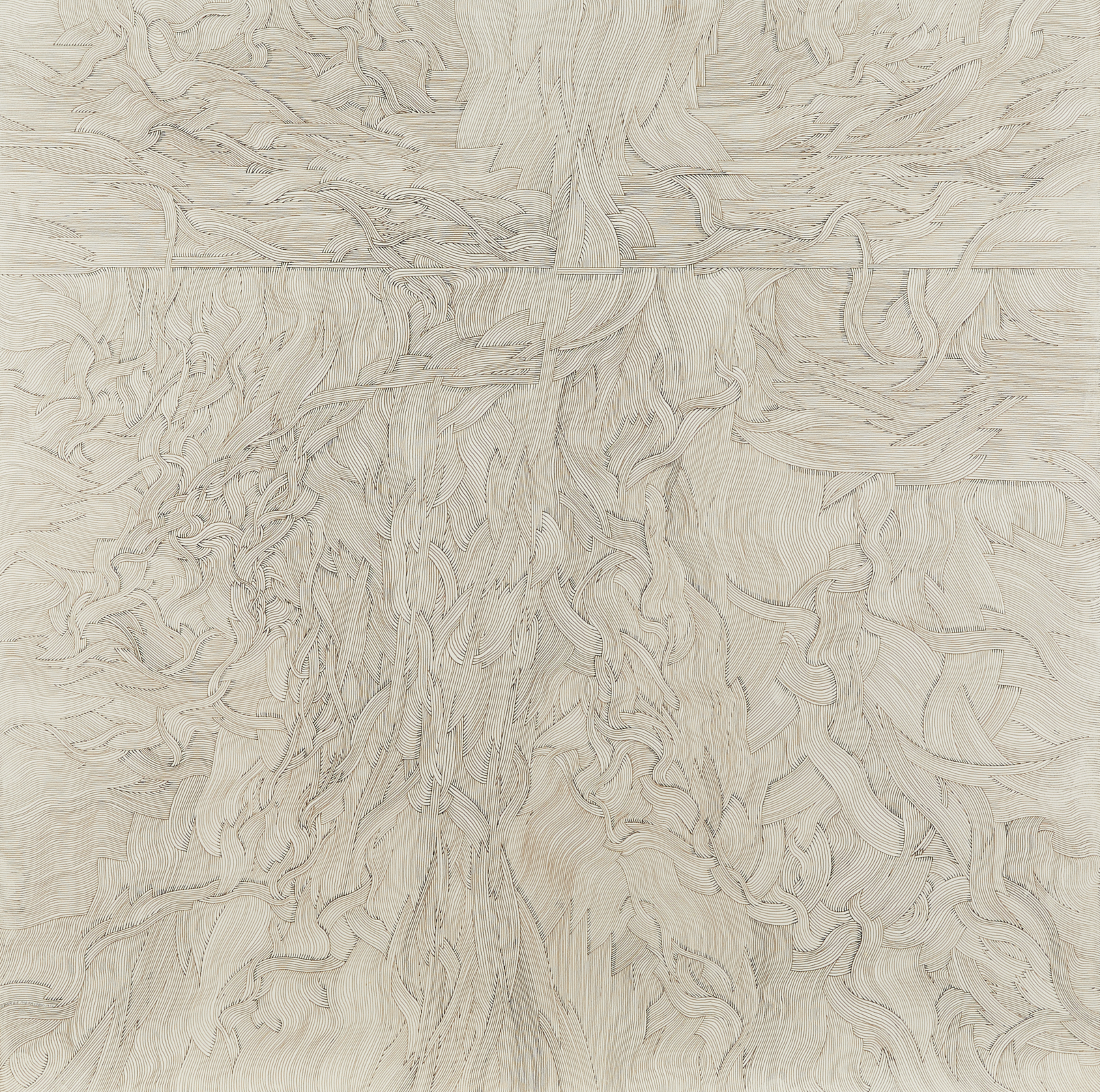
Untitled, Pen and Ink Line Drawing
Black ink on Strathmore paper depicting a horizon comprised of thousands of lines, 1972. A thread of lines runs through the center of the composition – connecting the upper and lower halves of the drawing.
- Sold: $40,000

Dappled Light Shadows (Red Rock Variation: Lake Superior Landscape), Acrylic on Canvas on Board Painting
Acrylic on canvas on board titled “Dappled Light Shadows (Red Rock Variation: Lake Superior Landscape)” depicting a deep red and purple sunset on Lake Superior, 1993. Signed, dated, and titled along the verso. Housed in a frame custom built by Morrison.
- Sold: $38,000
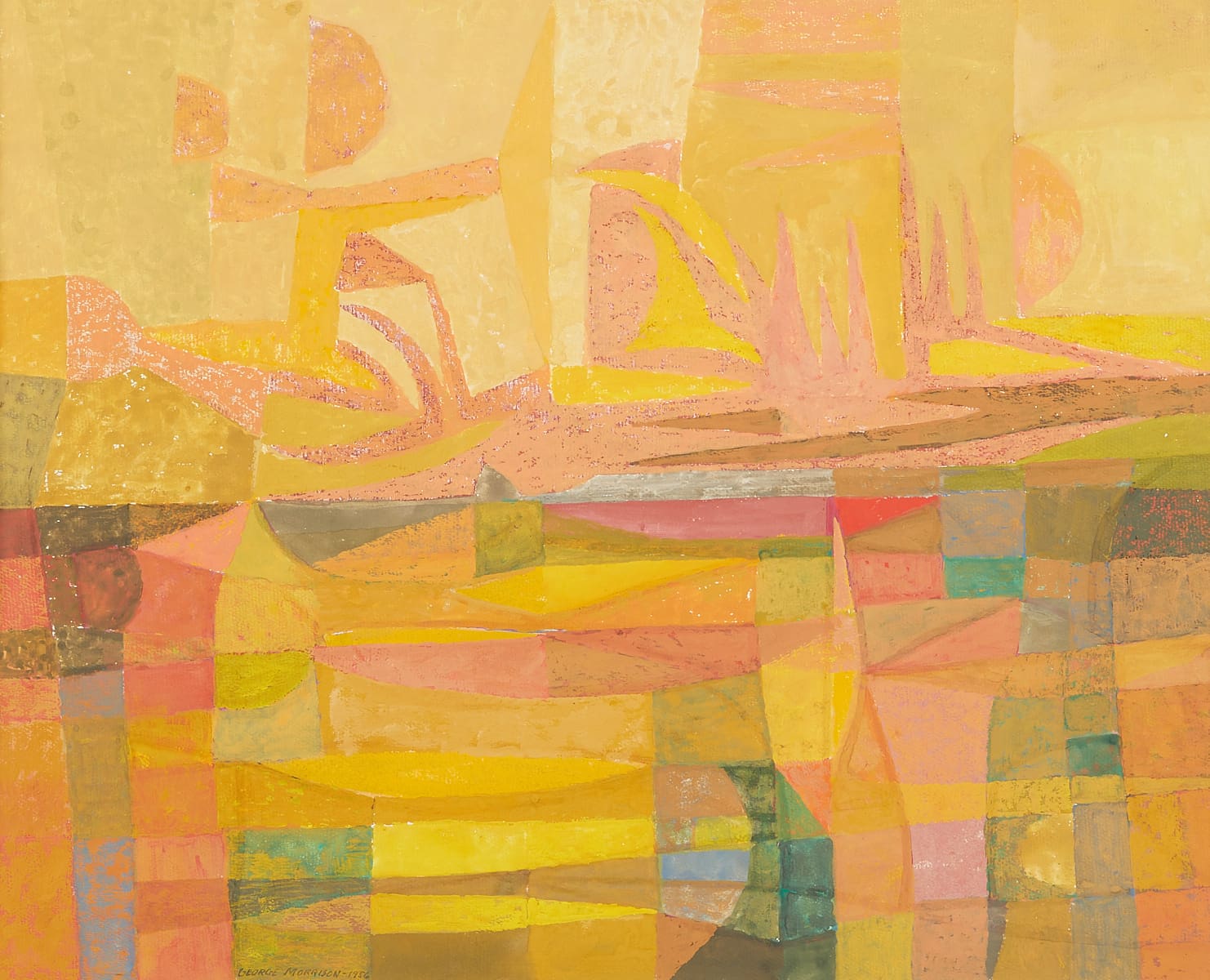
Mirrored Image, Gouache on Paper
Gouache on paper titled “Mirrored Image” depicting an abstracted layered landscape in rich yellows and oranges with hints of green, 1956. Signed and dated along the lower left; titled along the left margin behind the mat.
- Sold: $36,000
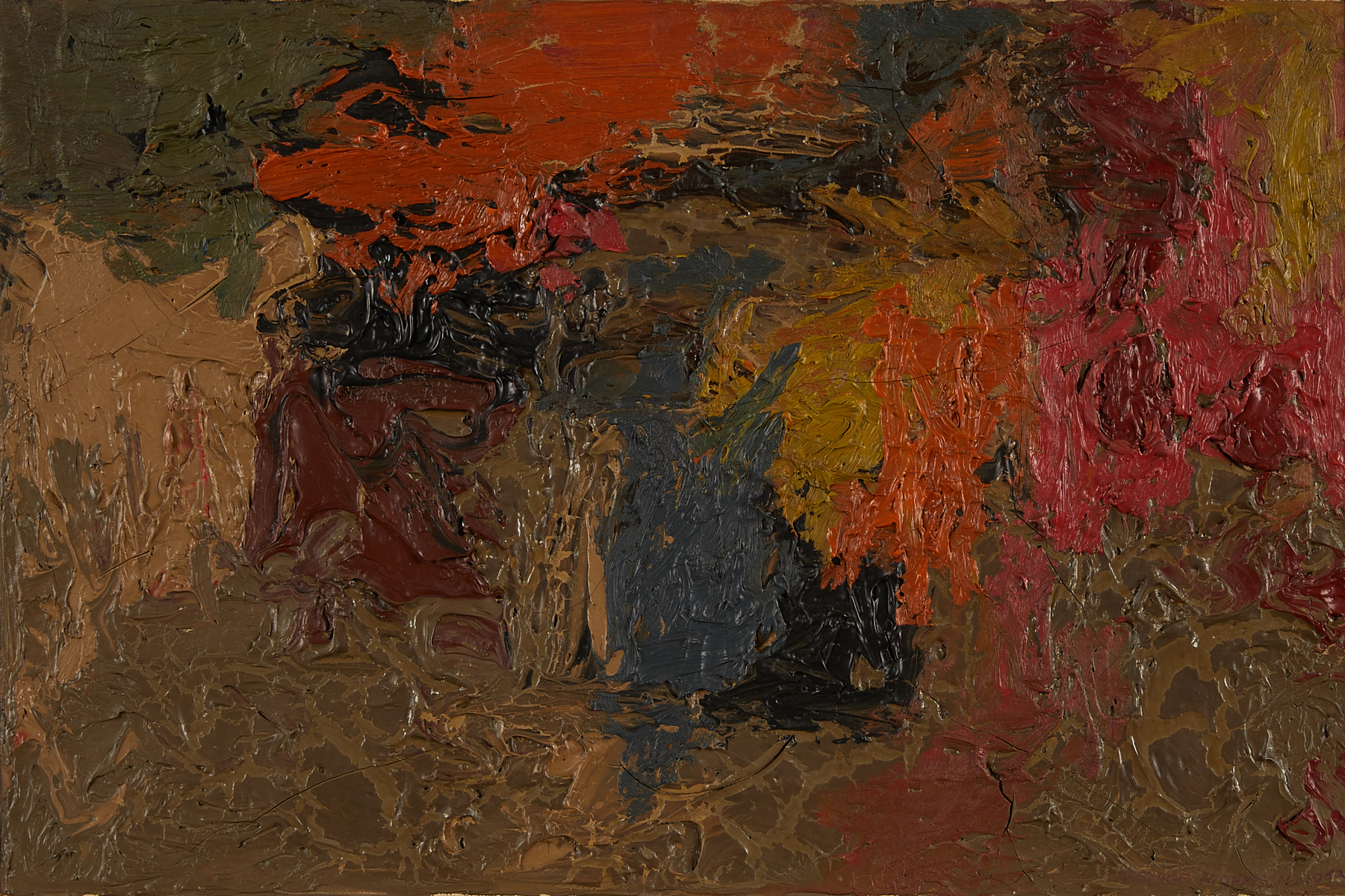
Descent on the Avenue, Oil on Canvas Painting
Oil on canvas painting titled “Descent on the Avenue” depicting an abstract scene painted with thick and vivid colors harmoniously dancing along the surface of the canvas, 1962. Signed and dated along the lower right. Further signed and titled along the verso.
- Sold: $30,000
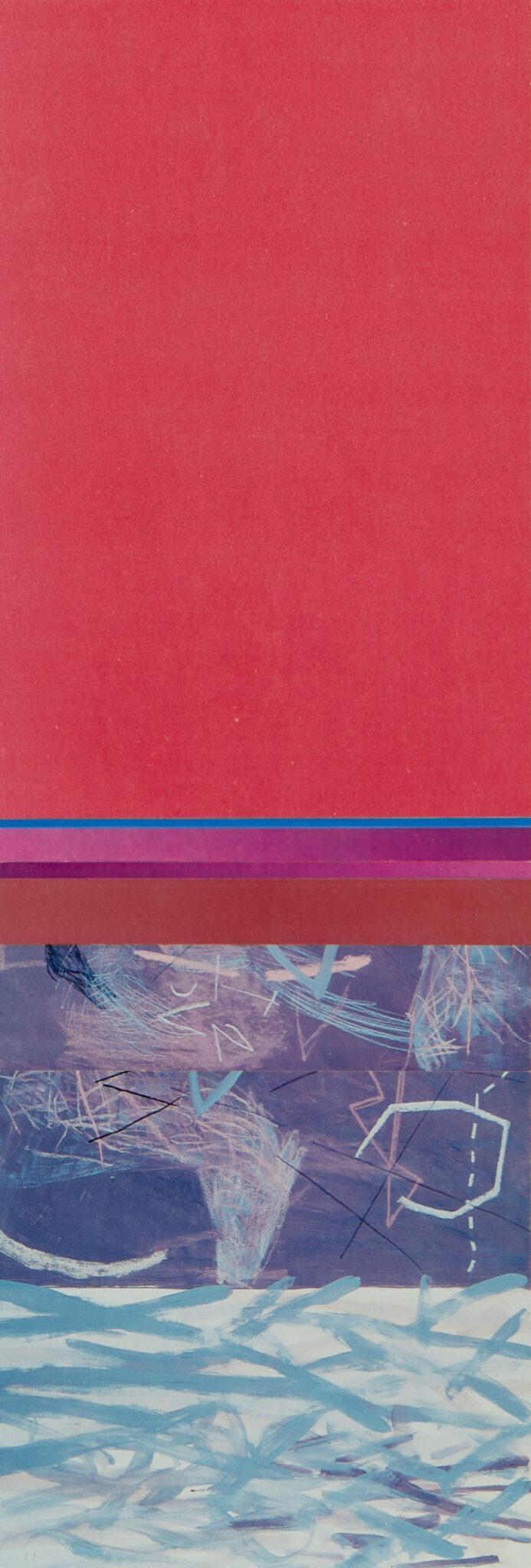
Hot Town Round Up: J. Quick To See Smiths, Paper Collage
Paper collage titled “Hot Town Round Up: J. Quick To See Smith,” depicting a fragment collage referencing his relationship to Jaune Quick-To-See Smith (Salish and Kootenai Tribes of the Flathead Indian Nation, b. 1940), 1982. With a plan of the artwork along a fragment of notecard affixed to the verso. Pencil signed and dated along the lower left.
- Sold: $13,000
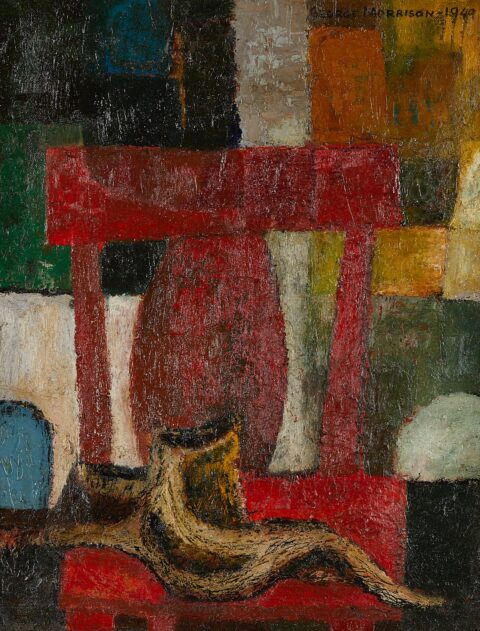
Untitled Still Life with Pipe, Oil on Canvas Painting
Oil on canvas still life of a pipe on a chair, 1949. Signed and dated along the upper right. Pencil inscriptions along the verso of the frame.
- Sold: $11,000
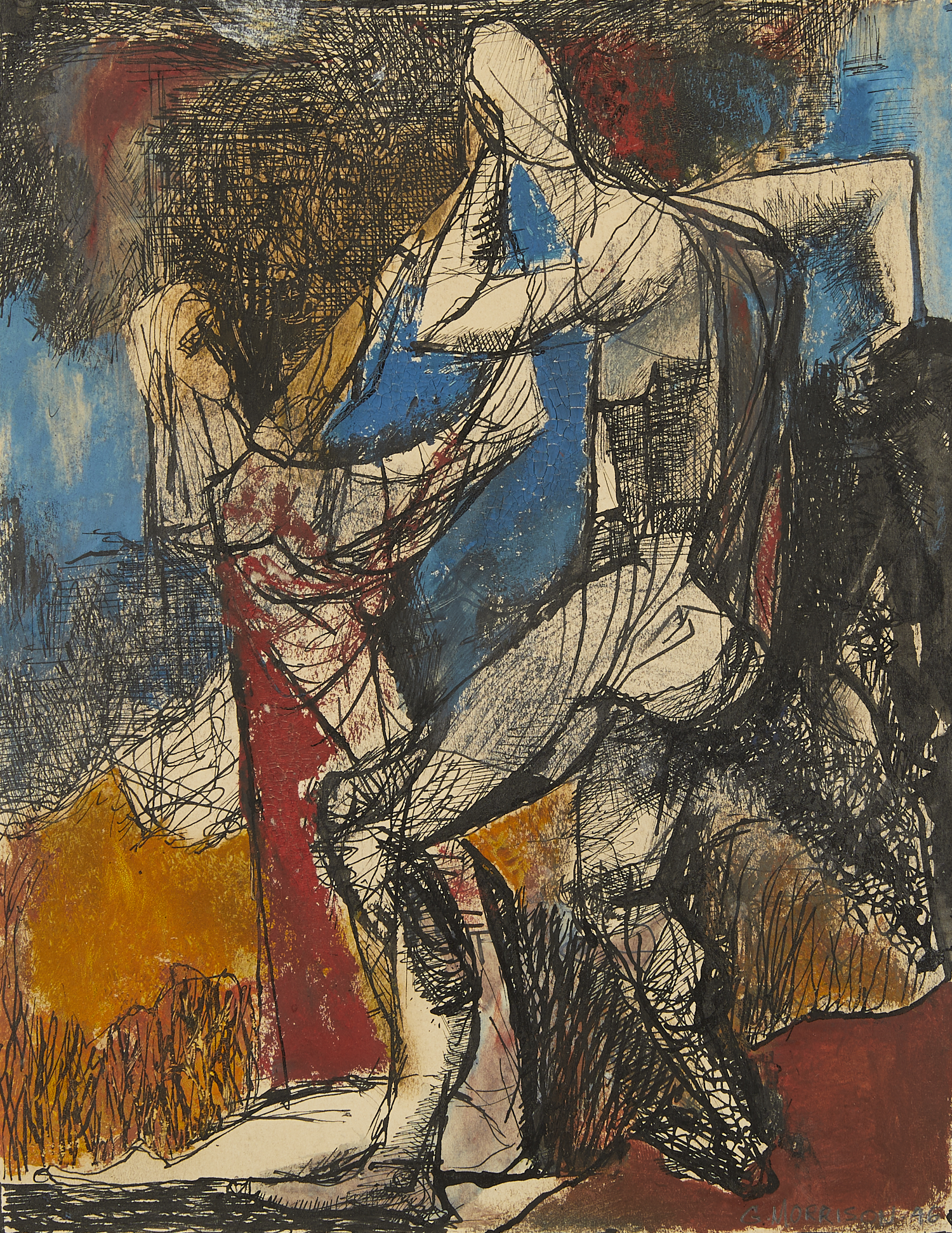
Untitled Figures, Mixed Media on Paper
Mixed media on paper painting depicting an abstracted figure in blue, red, yellow, and black, 1946. Pencil signed and dated along the lower right.
- Sold: $11,000
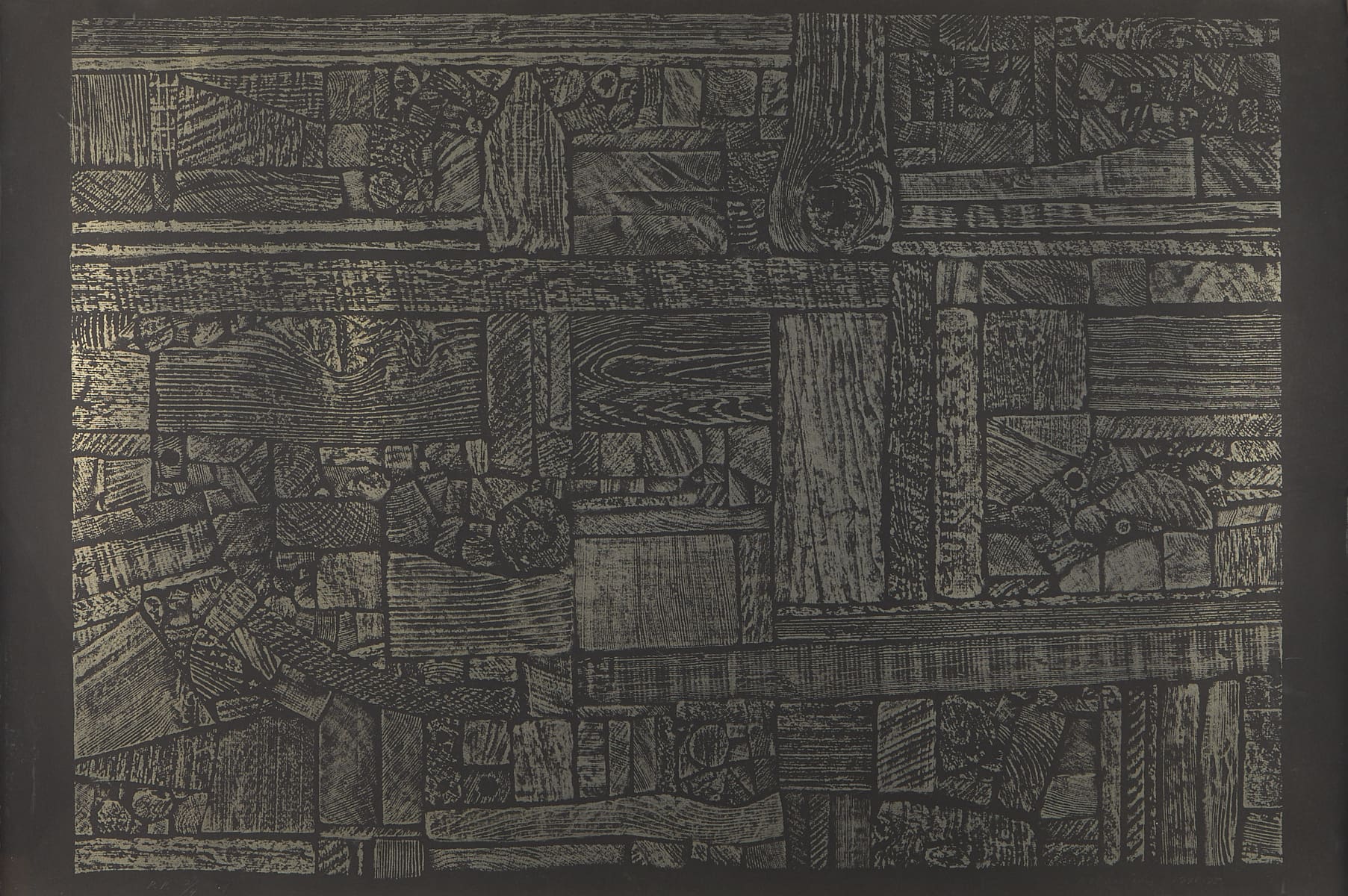
Untitled Woodgrain Collage, Woodcut on paper
Woodcut on paper depicting an intricate pattern of contrasting woodgrains in gold metallic ink, 1976-78. Pencil signed and dated along the lower right; numbered P.P. 1/4 along the lower left; Vermillion Editions Limited blindstamp along the lower left.
- Sold: $9,500
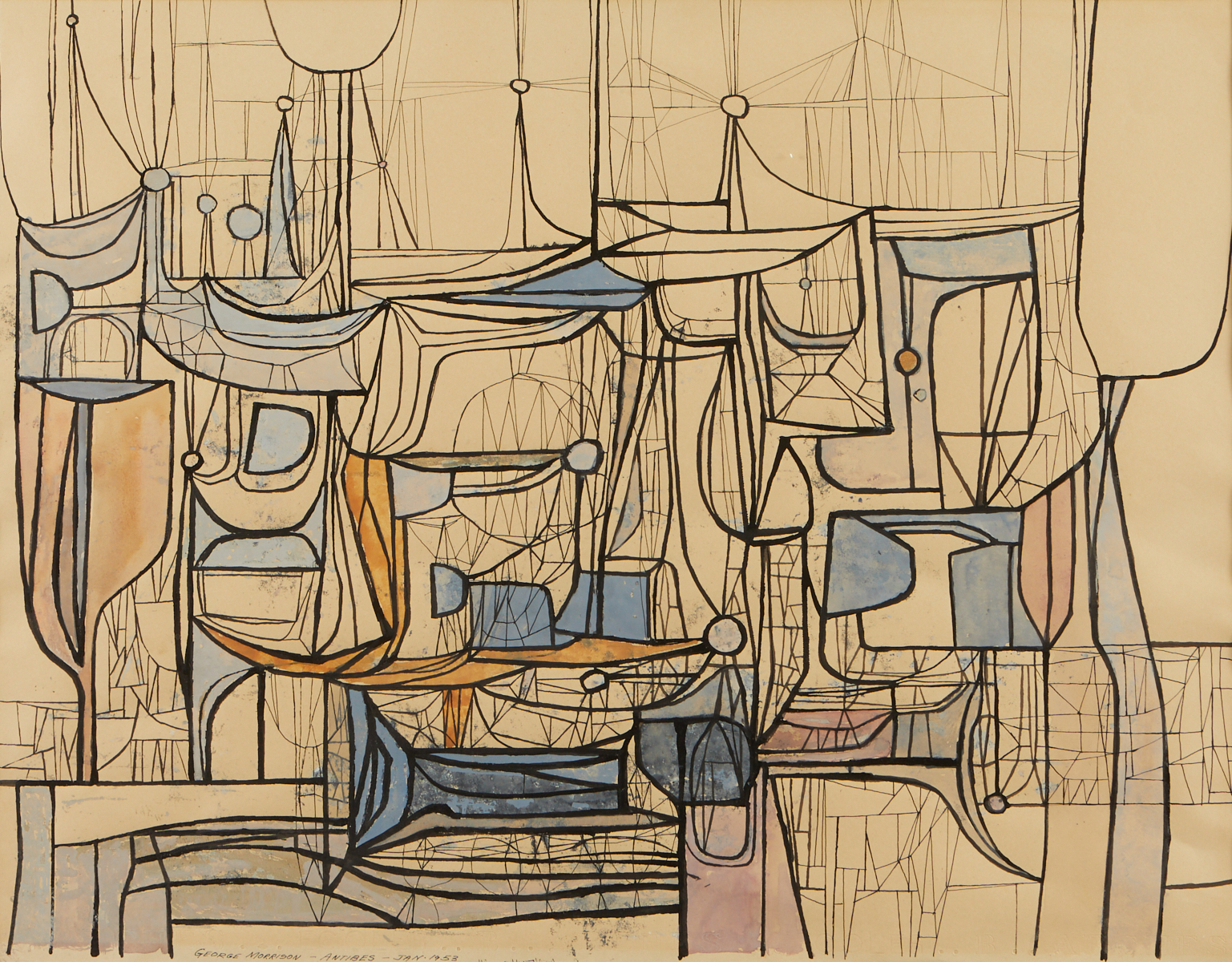
Arterial Structure, Ink and Watercolor Painting
Abstract ink and watercolor painting on paper titled “Arterial Structure.” Signed, inscribed “Antibes,” and dated January 1953 along the lower margin. Further signed and titled in pen along the backing. Inscribed “Purchased May 1955 at Walker Art Gallery, Minneapolis, Minn” in red pen along the backing.
- Sold: $9,000
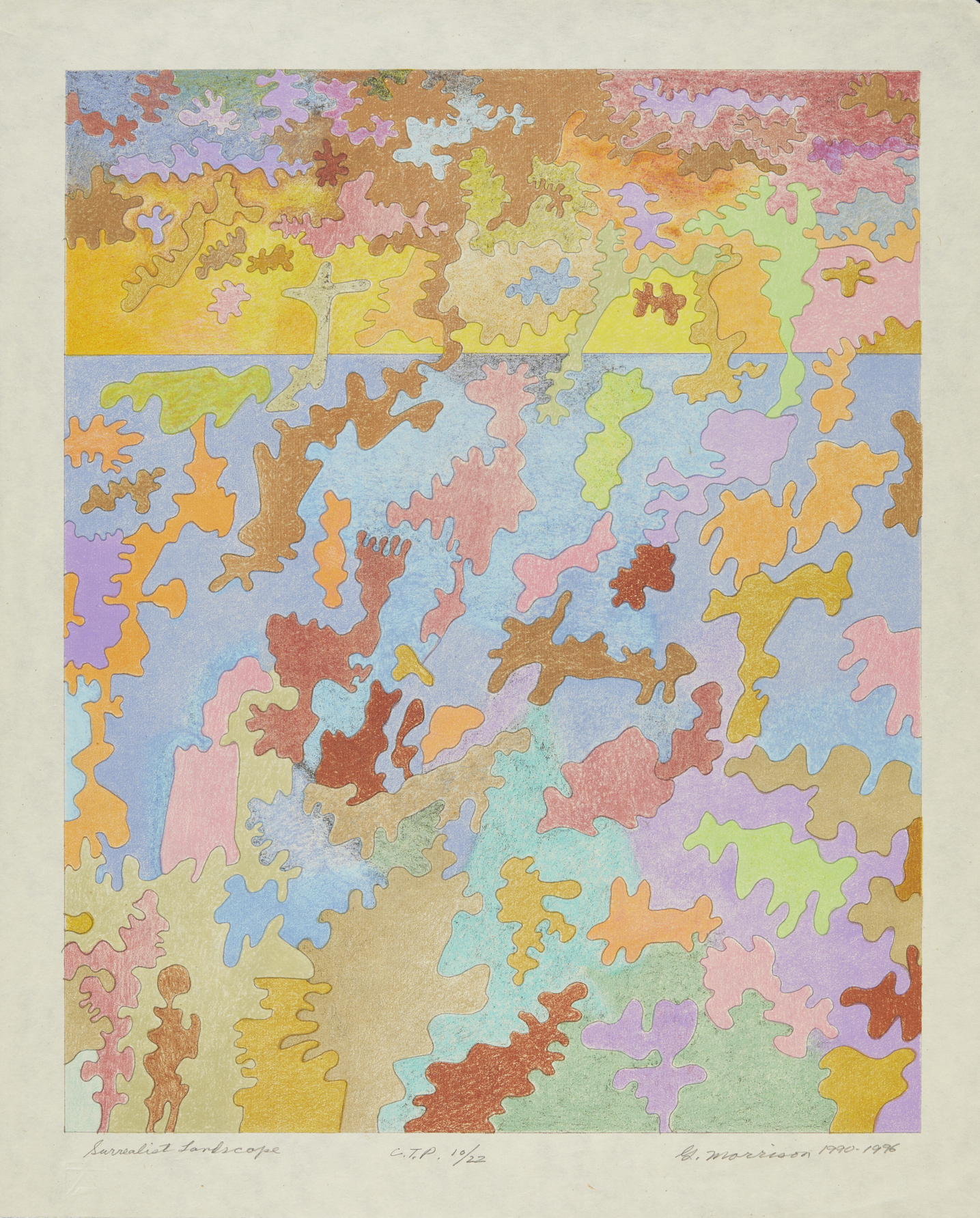
Surrealist Landscape, Lithograph
Color lithograph on Japan paper titled “Surrealist Landscape” depicting a horizon in vibrant colors, 1990-96. The colors fit together perfectly, as if pieces of a puzzle, to form a colorful whole. Pencil signed and dated along the lower right; numbered CTP 10/22 along the lower center; titled along the lower left.
- Sold: $7,000
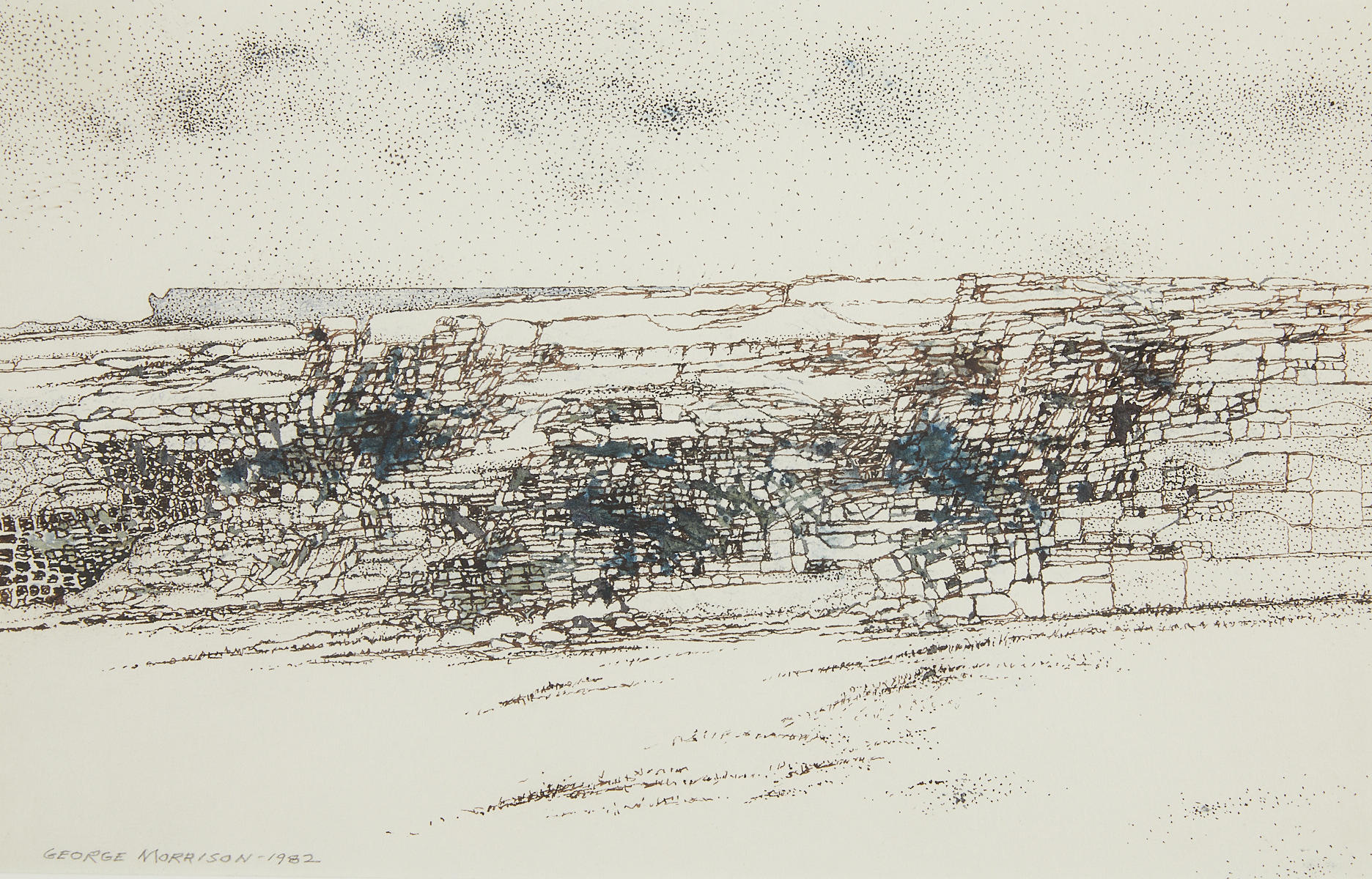
Mountainside, Drawing
Ink on paper drawing titled “Mountainside” depicting a New Mexico landscape, 1982. Signed and dated along the lower left. Inscribed along a piece of paper affixed to the verso “Western Landscape – ‘Mountainside’ – Imaginative Drawing- Frottage Technique-Chimayo, New Mexico – Dec. 23, 1982.”
- Sold: $5,500
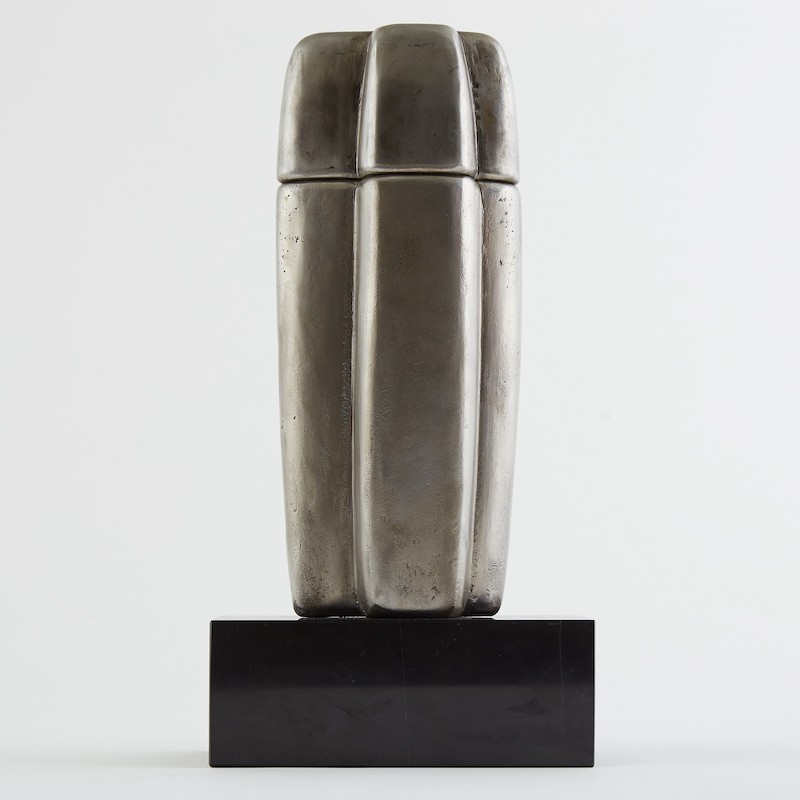
Untitled Cast Metal Sculpture
Cast metal sculpture, similar in form to his Chiringa Form sculptures, which were inspired by aboriginal Australian churinga stones. Morrison understood these as a form of totem, an important motif through his sculptural work.
- Sold: $4,000
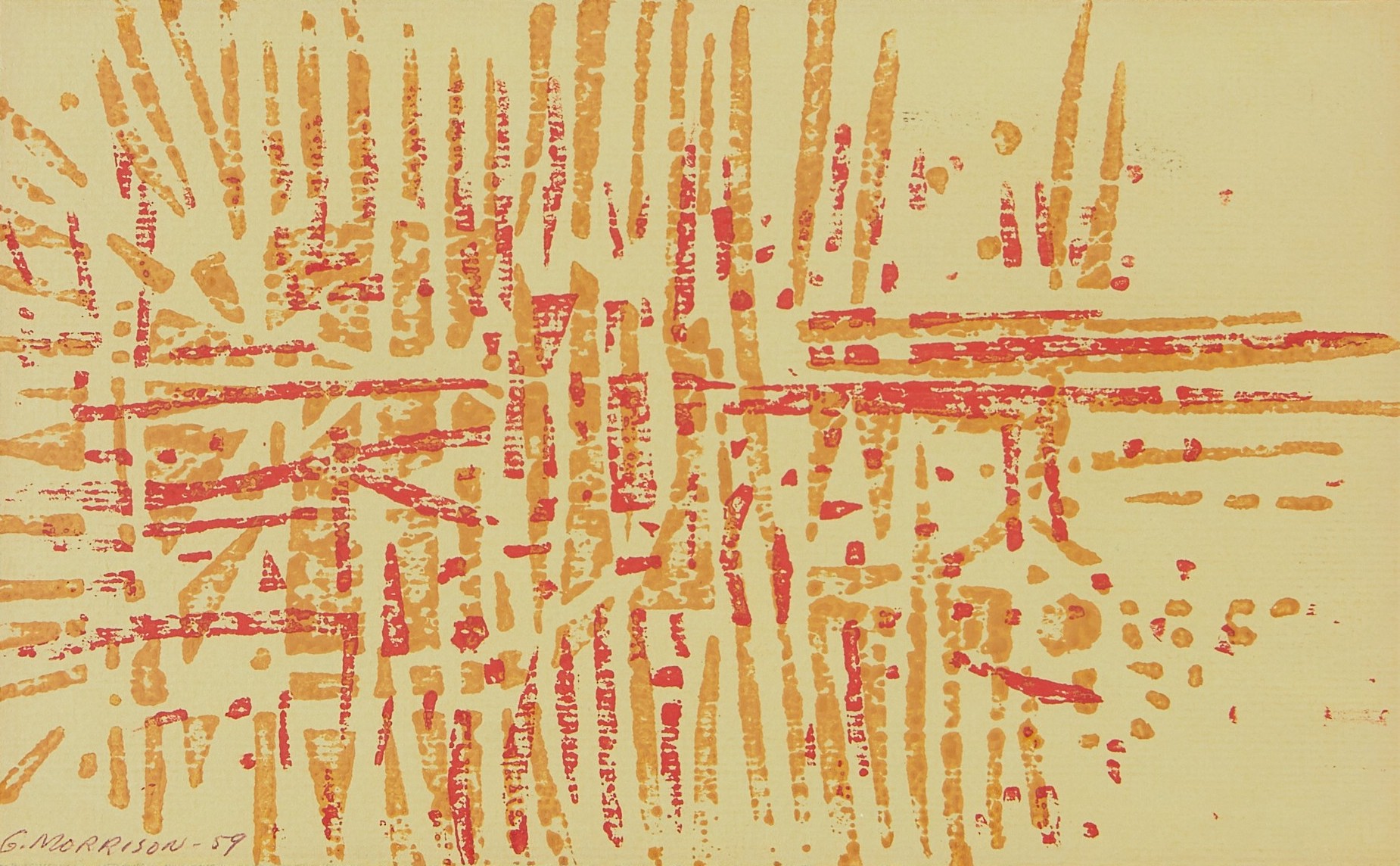
Untitled, Gouache
Abstract composition in gouache on paper, with textured radiating stripes in red and orange on a pale yellow background. Signed and dated 1959 along the lower left.
- Sold: $2,000
Revere Auctions Sells Your George Morrison Art
Revere Auctions provides the best value for your George Morrison artworks through extensive consignment and acquisition services.
Our art experts at Revere Auctions are ready to help you with any stage of your art journey, whether you are looking for an estimate of value, a USPAP certified appraisal, art restoration, or an effortless way to sell your art. We advertise our sales on more auction platforms than any other auction house in America, and regularly achieve record prices for our George Morrison artworks. If you are interested in selling with us, please reach out for a free online appraisal of your piece today.
